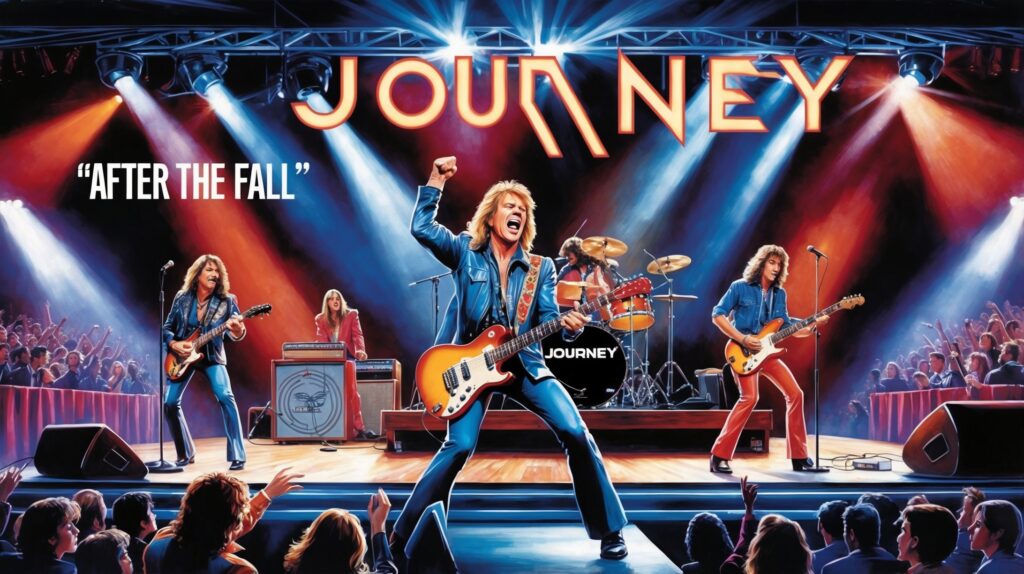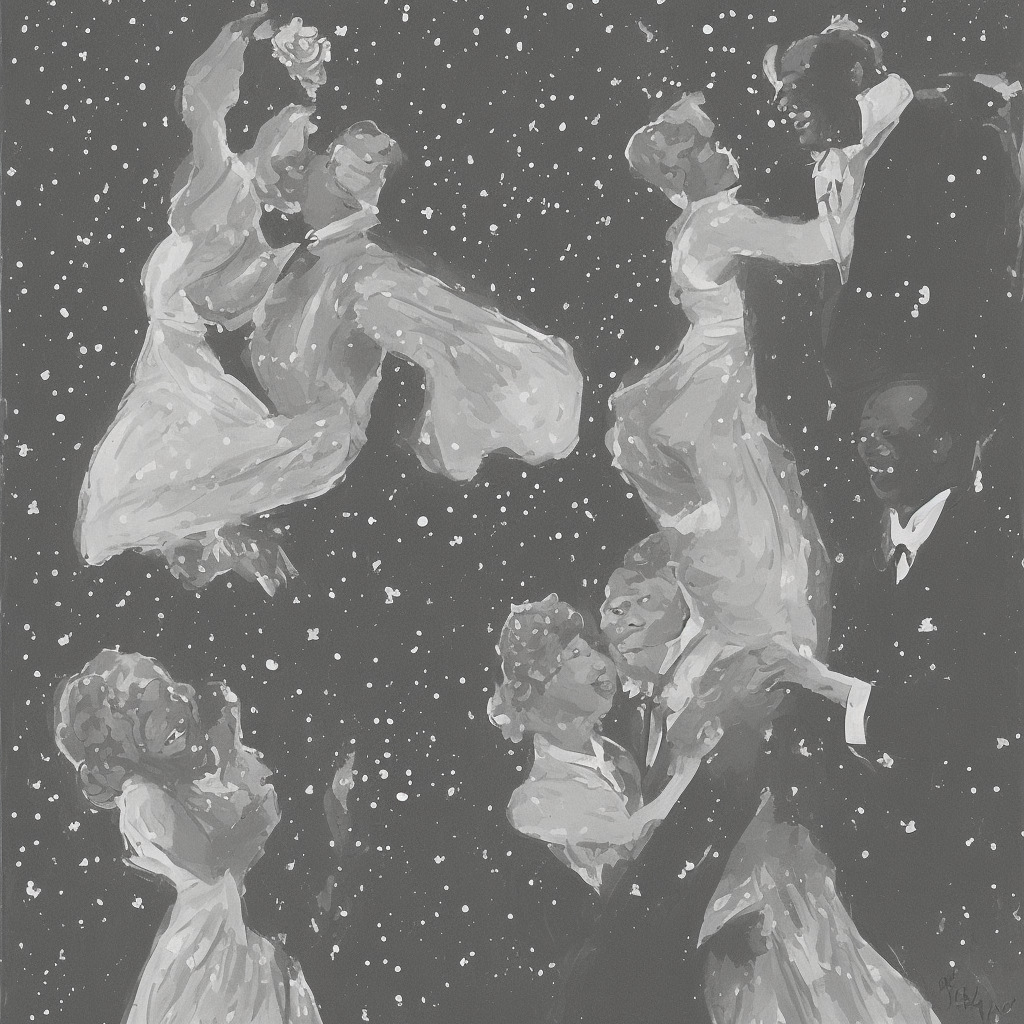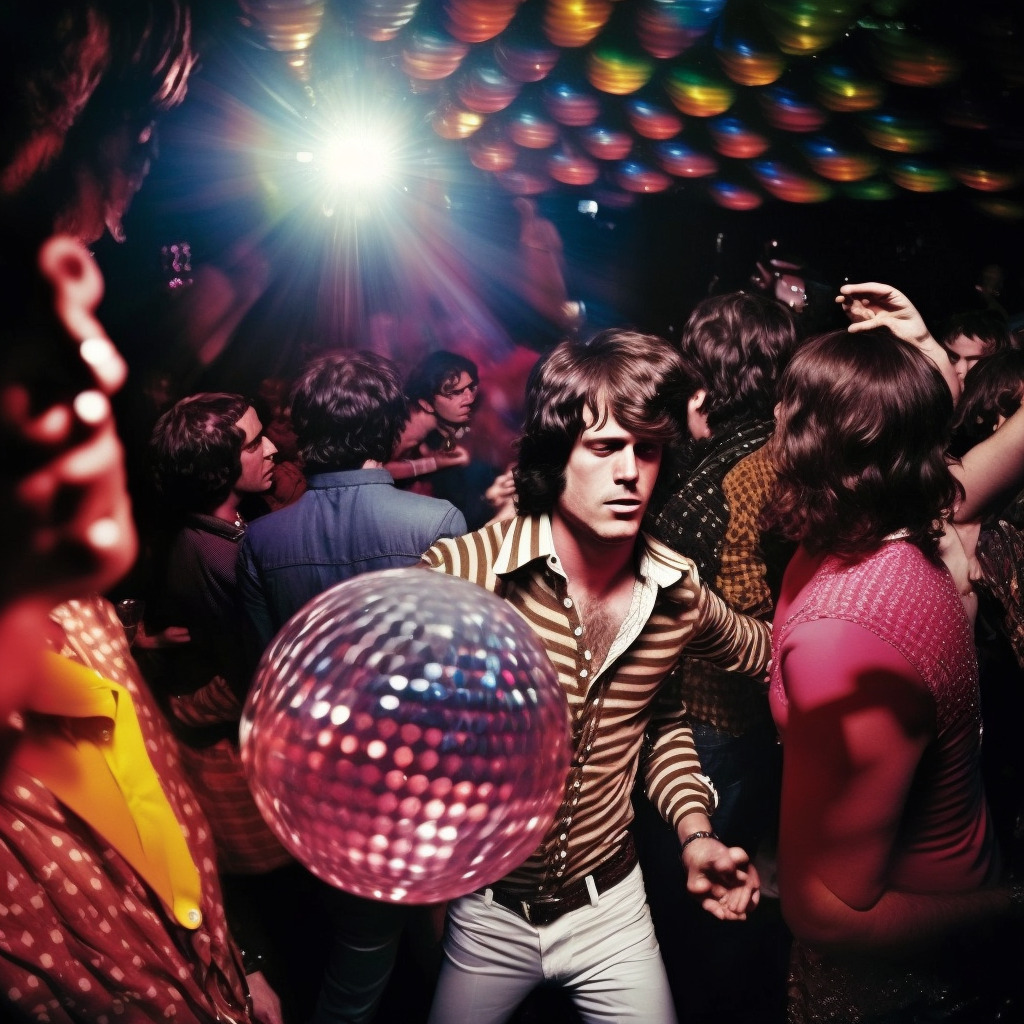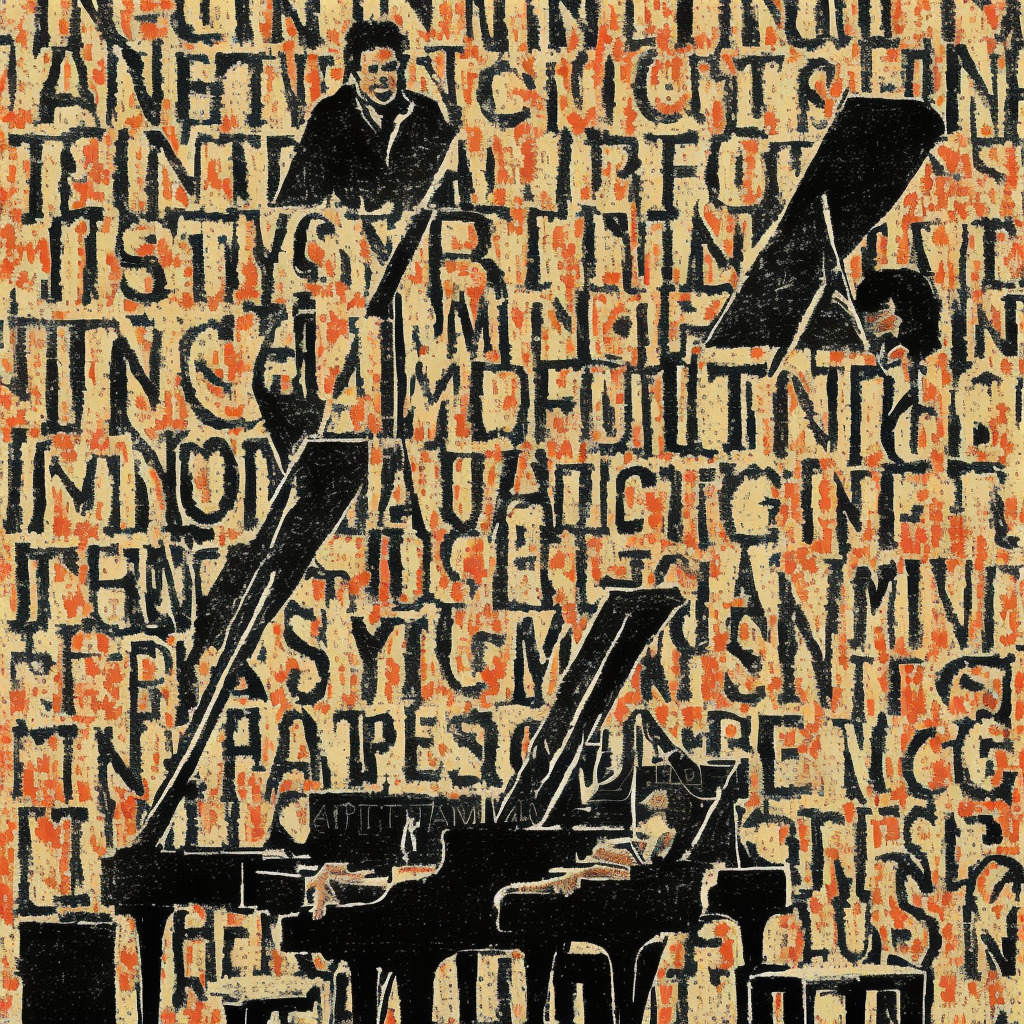“Dive into the #JazzFusion universe with Herbie Hancock’s classic ‘Chameleon’. Did you know Herbie plays all 4 parts in the original recording? Talk about talent! ??? #HerbieHancock #MusicTrivia” Read about it: tinyurl.com/5a8n56nt
Revisiting Jazz Greatness: A Deep Dive into Herbie Hancock and His Iconic Track
“Diving into the depths of Jazz: Unraveling Herbie Hancock’s legacy and the revolutionary impact of his iconic track ‘Chameleon'”
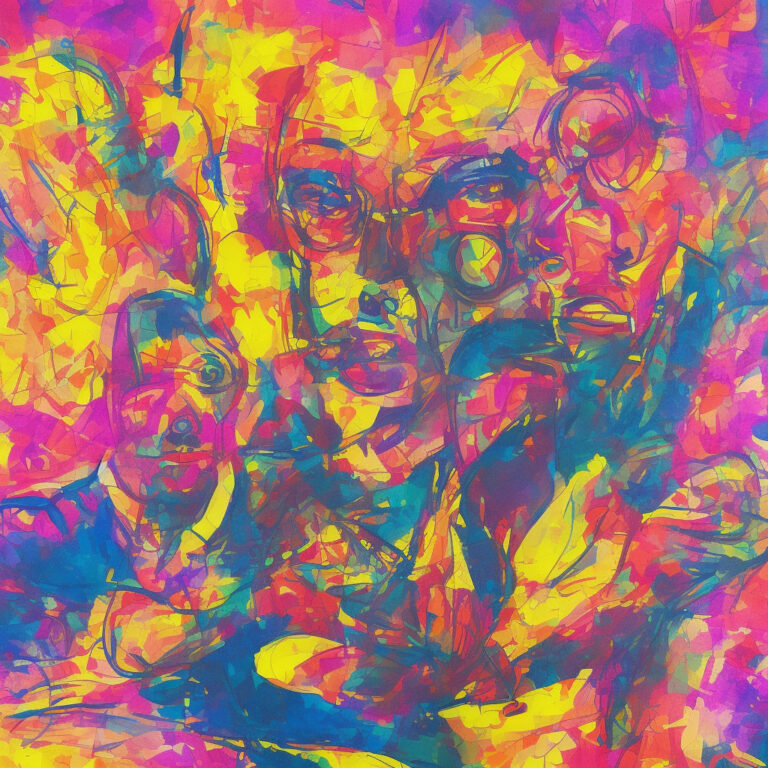
No discussion on the titans of jazz can be complete without spotlighting the legendary Herbie Hancock. Known for his relentless innovation and infusion of various styles into his craft, Hancock has defined and redefined the jazz genre throughout his illustrious six-decade career. A 14-time Grammy winner, he’s never been one to shy away from bending and breaking musical norms, and this is precisely what sets him apart.
Hancock’s track ‘Chameleon’, released in 1973 as part of his ‘Head Hunters’ album, is a textbook example of his pioneering spirit. With its funky bass line, catchy percussion, and the ingenious blending of jazz and funk, ‘Chameleon’ was nothing short of revolutionary. It showcased the possibilities of mixing electronic music with jazz, a concept that was way ahead of its time.
However, if there is one criticism to make, it lies in Hancock’s tendency to experiment, which has sometimes led to confusion in his musical direction. His explorations into pop-jazz in the 80s, for instance, resulted in a few lukewarm albums that seemed to lack the depth and authenticity of his earlier work. But, there’s no denying that it’s this same spirit of experimentation that gave us gems like ‘Chameleon’.
One must also acknowledge the contributions of the other equally talented members of the ‘Head Hunters’ band. Bassist Paul Jackson, reedist Bennie Maupin, percussionist Bill Summers, and drummer Harvey Mason all played vital roles in the creation of the iconic sound of ‘Chameleon’.
Herbie Hancock’s accolades speak for themselves. In addition to his impressive Grammy tally, he is an NEA Jazz Master, and in 2013, received the Kennedy Center Honors. His 2007 album, ‘River: The Joni Letters’, bagged the Album of the Year award at the 50th Annual Grammy Awards, making him one of the few jazz musicians to have ever won this prestigious award.
In conclusion, in all of jazz history, few musicians have exhibited the level of creativity, skill, and influence that Herbie Hancock has. Despite certain detours in his career, Hancock’s work, especially his iconic track ‘Chameleon’, remains a colossal contribution to the world of music.
Charting the Course of a Jazz Classic
“Chameleon” might not have been a singles chart hit, but its pivotal role in propelling “Head Hunters” to unprecedented jazz album success and its lasting influence on the genre is a chart triumph in itself.
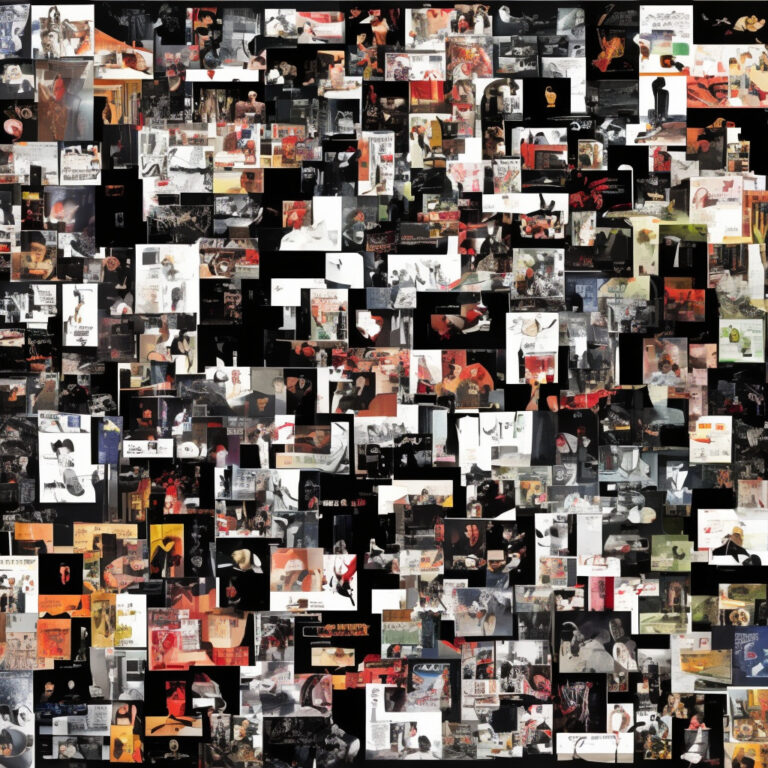
“Chameleon” is one of Herbie Hancock’s most renowned compositions, but how did it fare on the charts? Let’s dive into some numbers.
Released as part of the album “Head Hunters” on October 13, 1973, “Chameleon” didn’t make waves on the charts as a standalone single. However, its impact was distinctly felt through the success of its parent album. The lack of singles chart data often happens with genre-defining tracks like “Chameleon” – they may not always fit the mold of traditional top-40 hits, but their influence extends far beyond the charts.
Now, let’s talk about the album. “Head Hunters” was a commercial juggernaut for Hancock and company. It peaked at No. 13 on the Billboard 200, an impressive feat for a jazz record. But where the album truly shone was on the Billboard Jazz Albums chart, where it climbed all the way to the top, securing the No. 1 spot.
With “Chameleon” as one of its key tracks, “Head Hunters” stayed on the Jazz Albums chart for an impressive 2 years, and in the process, became the first jazz album to go platinum. That’s right, “Head Hunters” was the first jazz album to sell over a million copies, and “Chameleon” certainly played a significant part in this historic achievement.
In a trivia tidbit, “Chameleon” is often celebrated for its influence and contribution to the jazz-fusion genre, rather than its chart performance. It’s a testament to the fact that chart positions, while important, don’t always reflect the full impact of a song.
In short, while “Chameleon” might not have climbed the singles charts, its contribution to the chart-topping success of “Head Hunters” and its lasting influence on the world of jazz is undeniable. Now, that’s what you call a chart triumph!
Unveiling The Silent Lyrics
Herbie Hancock’s “Chameleon” is one of those unconventional songs that requires no lyrics to convey its meaning. This song, like a chameleon, blends seamlessly into the fabric of the Jazz-Funk genre, embodying the spirit of its time, where less was indeed more. The absence of lyrics in this musical masterpiece signifies an era where melodies were unadulterated by words, allowing listeners to interpret the music freely.
Turning our attention to the melody, it serves as a kaleidoscope of sounds, each twist revealing a new pattern, a new rhythm, a new emotion. The infectious bassline, perhaps the song’s most recognizable component, echoes the socio-political fluctuations of the 70s. The turbulence, the euphoria, the unrest – all encapsulated in an undulating rhythm, mirroring the spirit of a transformative era.
The use of electronic synthesizers, a novelty at the time, signifies an embrace of technology, reflecting the rapid scientific advancements that defined the era. The improvisation throughout the piece could be seen as a commentary on the unpredictability and dynamism of the time, encouraging a break from conformity and a celebration of individuality.
In essence, the lack of lyrics in “Chameleon” could indeed signify the song’s adaptability to various interpretations. Just as a chameleon changes its color to suit the environment, the song adapts its meaning to the listener’s perspective, the ultimate form of musical camouflage. It’s a testament to Hancock’s genius that he could create a song that’s universally relatable yet uniquely personal to each listener.
A Closer Look at the Visuals: ‘Chameleon’ by Herbie Hancock
“Despite the absence of an official music video, ‘Chameleon’ by Herbie Hancock continues to be visually celebrated through fan tributes and live performances, proving its timeless allure and impact in the music scene.”
Unfortunately, there is no official music video for Herbie Hancock’s iconic track ‘Chameleon’ from the 1973 album “Head Hunters”. Being released in an era when music videos were not the norm, ‘Chameleon’ missed out on the chance to have an official visual representation. However, this does not mean that the visual component of this musical masterpiece has been neglected by the fans and artists alike.
Over the years, fans of this legend have taken the liberty to express their interpretation of ‘Chameleon’. You can find an array of fan-made videos and tribute visuals on YouTube and other social media platforms. One of the most popular fan-made videos is a stunning animation by VJ Chaotic that skillfully visualizes the unique electronic sounds using psychedelic visuals. This video has garnered over half a million views, proving that the track is still very much alive and loved, decades after its release.
There are also a range of live performances of ‘Chameleon’ available online. One notable example is Herbie Hancock’s 2002 performance at the JVC Jazz Festival in “Live in New York,” where the musicians’ energy and the crowd’s enthusiasm create an electrifying atmosphere. The video quality may not be up to the modern standards, but it certainly carries a certain charm and invaluable piece of music history.
While the lack of an official music video might seem like a missed opportunity, the song’s enduring popularity and the creativity of Herbie Hancock’s fanbase have ensured that ‘Chameleon’ continues to be visually represented in intriguing and imaginative ways. From fan-made animations to live performances, the visual legacy of ‘Chameleon’ is as eclectic and enduring as the track itself.
The Maestro Behind “Chameleon”: Herbie Hancock
Indeed, the name Herbie Hancock is synonymous with avant-garde musical innovation and genre-bending compositions. The composer of “Chameleon” is not only famous for this iconic track but has also graced the world with numerous other notable pieces. In 1964, he contributed one of his most acclaimed compositions, “Cantaloupe Island”, to the post-bop era, which continues to be a popular standard in the Jazz repertoire. His 1973 album, “Head Hunters”, was a pivotal point in his career, with “Chameleon” being its opening track. However, the album also had another gem, “Watermelon Man”, which further established Hancock’s prowess in fusing jazz, funk, and soul. In his illustrious career, Hancock also composed the soundtrack for the controversially profound film ‘Blow-Up’, which showcased his ability to create atmospherically apt music. More than just a composer, Herbie Hancock is an innovator who continues to push the boundaries of music.
Accolades, Appearances, and Adaptations
“Chameleon” by Herbie Hancock: the transformative jazz-funk masterpiece that dominated the audio landscape, resonated through generations, and continues to inspire adaptations worldwide.
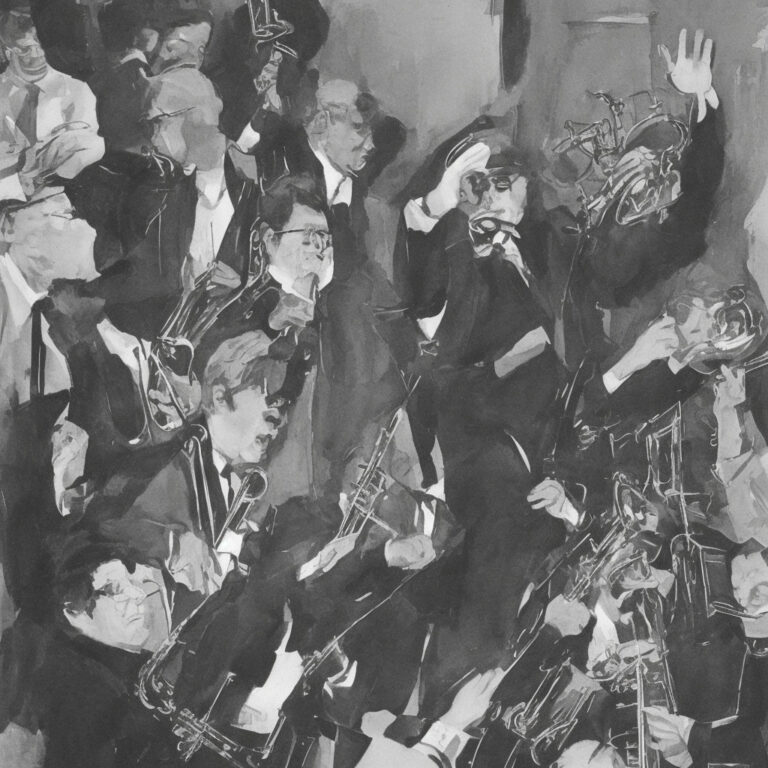
The musical odyssey of “Chameleon” by Herbie Hancock extends beyond its initial release in 1973. It has since received a multitude of accolades, especially for its transformative effect on the jazz-funk landscape. While it didn’t garner specific awards, its parent album “Head Hunters” was an RIAA-certified platinum hit and was nominated for a Grammy for Best Jazz Performance. This album would be unimaginable without the pulsating rhythms and synthesizer wizardry that “Chameleon” brought to the platter.
The song’s sprawling influence is such that it has graced numerous movie soundtracks, TV shows, and video games over the past several decades. For instance, its infectious grooves set the atmosphere in films like “Happy Gilmore” (1996) and “You Can Count on Me” (2000). Moreover, the catchy tune made its way into the video gaming world, featuring in Grand Theft Auto V’s radio station, “Worldwide FM”.
The world of covers and adaptations of “Chameleon” is as diverse as the song’s signature sound. Jazz artists, school bands, and music enthusiasts worldwide have found inspiration in Hancock’s iconic masterpiece. Notably, Maynard Ferguson and Buddy Rich have reimagined the song in their distinctive styles. Even contemporary pop musicians – such as Bruno Mars, in a 2012 tribute – have tipped their hats to this timeless piece.
Amidst all this, one thing remains certain: “Chameleon” continues to transcend genre boundaries, cementing Herbie Hancock’s place in the annals of music history. Its reverberations will continue to be felt for generations to come.
The Magic Behind the Melody
“Chameleon” is a masterpiece characterized by a complex yet truly captivating musical structure. The song is written in the key of Bb minor, which lends it a dark, moody tone that is balanced perfectly by its lively, upbeat tempo. The key, inherently complex with its five flats, is a testament to Herbie Hancock’s remarkable ability to create a harmonious blend of seemingly discordant elements.
Unlike many compositions of its time, “Chameleon” does not follow a traditional chord progression. Instead, it utilizes a two-chord vamp, alternating between Bbm7 and Eb7. This minimalistic approach to chords allows the melody and rhythm to take center stage, driving the song forward and keeping listeners engaged from start to finish.
The tempo is another unique feature of “Chameleon”. The song is set in a moderate funk groove, clocking in at about 98 beats per minute. This tempo adds a sense of excitement and energy to the piece, making it impossible not to tap your foot along to the beat.
A further technical brilliance of “Chameleon” is the introduction of the synthesizer. Hancock embraces the Bass Arp 2600 synthesizer, using it to lay down a 16-note ostinato pattern that serves as the backbone of the song. The repetition of this pattern creates a hypnotic effect, drawing listeners in and holding their attention throughout the piece.
The rhythmic complexity of “Chameleon” cannot be overstated. Not only is the song written in a 4/4 time signature, but it also incorporates syncopated rhythms, adding a level of sophistication that sets it apart from other songs of this era. This intricate rhythm structure is the heartbeat of “Chameleon”, giving life to its melodic lines and harmonic progressions.
To sum up, “Chameleon” is a masterclass in musical structure, blending key, chord progression, tempo, use of the synthesizer, and rhythm to create a captivating piece that truly stands the test of time.


